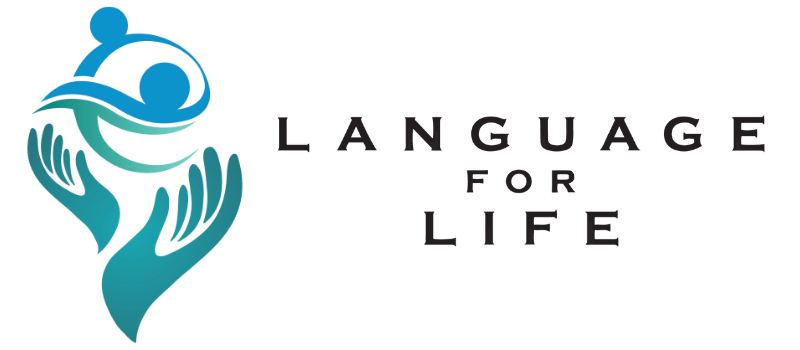Tools & Strategies for Non-verbal Individuals
What is augmentative and Alternative Communication (AAC)?
AAC refers to communication methods, apparatus, techniques, and tools that supplement or substitute natural speech. (AAC). These resources help someone who has trouble speaking communicate.
The first “A” in AAC stands for Augmentative Communication. You add to or enhance something when you augment it. When you add something to your words, you are using augmentative communication. (eg. sign language, pictures, and a letter board). This can help your audience understand what you’re saying.
The second “A” in AAC stands for Alternative Communication. When this happens, you become unable to communicate. It also occurs when other people can’t understand what you’re saying. You require a distinct method of communication in this situation.
AAC can, in general, be instruments, methods, devices, or tactics. When a person is unable to communicate verbally, these tools can assist. Maybe your kid hasn’t begun talking yet. You might not be able to talk anymore. Your words might come and go. Perhaps speech is more difficult than other forms of communication. AAC is helpful.
Who uses AAC?
AAC users may have limited verbal abilities, difficulties producing and understanding spoken language, or they may be completely nonverbal. AAC may be used by people temporarily or permanently. People who suffer from a stroke, traumatic brain injury, ALS, or another accident or illness are considered temporary users. Until their native communication abilities are recovered and restored, they will use AAC devices. Those with congenital disabilities or illnesses like autism, cerebral palsy, or serious childhood apraxia of speech are long-term users. They might need support with communication for many years or their entire lifetimes.
What are the difficulties faced by those without AAC?
Without AAC, it can be challenging for someone to reliably communicate.
- more social isolation and loneliness
- increased frustration and acting out with loved ones
- greater vulnerability, especially when alone in a care setting
- feeling shut out of important decisions over their own life
- inability to show what they know or can learn
What types of AAC are often used?
All the methods and techniques a person can employ to interact when unable to speak are included in AAC. We frequently divide them into two categories: Unaided and Aided AAC.
1. Unaided AAC – or AAC that does not require a physical aid or tool.
- Facial expressions
- Body language
- Gestures
- Sign language
2. Aided AAC – or AAC that uses tools or materials.
- Symbol boards
- Choice cards
- Communication books
- PODD books
- Keyboards and alphabet charts
- Speech-generating devices or communication devices
- AAC apps on mobile devices
How does AAC help individuals communicate?
The aided and non-aided AAC are further categorized into 3 types;
High-tech: items include computers with text-to-speech apps and digital gadgets like iPads. This group also includes devices that have pre-recorded messages and amplifiers. Modern AAC devices are frequently “dynamic,” which means they can produce various words, phrases, or messages based on the user’s current communication requirements.
Low-tech: examples include picture symbols, sketching instruments, message boards, picture books, etc. Low-tech gadgets have a few static screens that are typically not changeable.
No tech: body language, gestures, facial reactions, and even non-verbal vocalizations. Since the beginning of time, this type of AAC has been used to assist people to communicate and is still a vital resource today.
AAC’s main objective is to improve users’ speaking skills and increase their vocabulary.
What are the advantages of AAC?
AAC may be useful for many people who cannot depend on speech. And when individuals lack AAC, there are difficulties.
The benefits of AAC;
- deeper ties and stronger friendships
- more extensive and regular social contacts
- deeper social roles: family member, friend, professional, student; more freedom and control over their own lives; greater respect from others; increased autonomy; and
- increased involvement in their families and neighborhoods
- better communication between patients and doctors
- heightened patient protection in a range of care environments, including hospitals and long-term facilities
- more volunteer and employment options
- increased emotional and physical health
Communication is a fundamental human right. A person with speech impediments or disorders can communicate with AAC.
Credit: ASHA , Communication Matters ,

